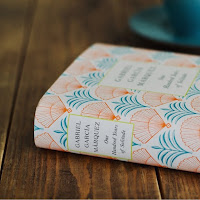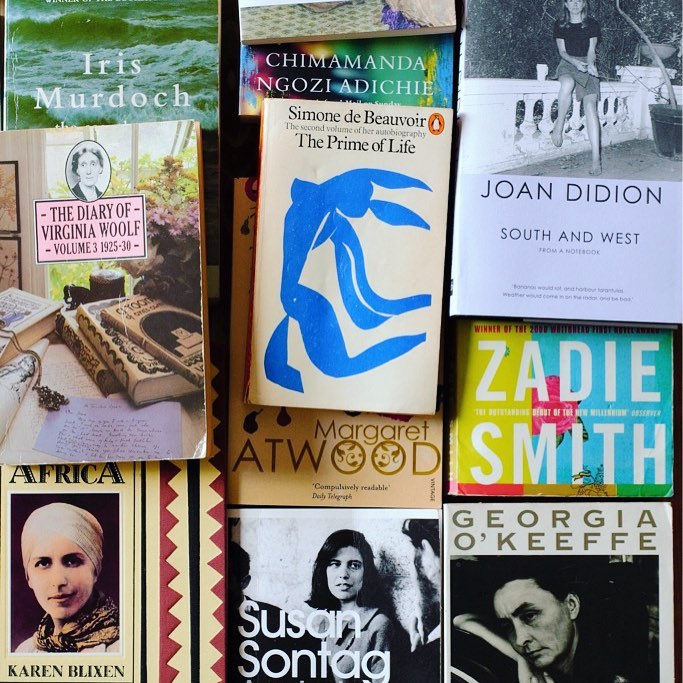
My autumn term is about to start and I would like to share this reading list before I get busy. A rereading of classics characterises the list. At the start of this summer, when facing restrictions due to the pandemic, I felt the urge to reread certain books, preferably on a bench in a castle garden nearby. I have finished Edna O'Brien's memoir, Country Girl, and highly recommend it. She is a wonderful storyteller. The story takes off when she leaves Ireland and writes about life in sixties London, about literature and writing. I often found it difficult to put the book down.
These days
War and Peace is my bedtime reading - one of my favourite novels. I don‘t understand those who complain about its length. The chapters are short and I always want to read 'just one more'. By accident, I stumbled upon an audiobook of
Crime and Punishment, my first audiobook ever. I truly enjoyed it; the narrator was great.
Independent People is written by Iceland‘s only Nobel Laureate. When hearing an Icelandic actor narrate it on the radio there was no turning back. Laxness had to be on the list.
Speaking of Nobel Laureates: On my birthday in July, my oldest gave me this beautiful hardcover edition of Márquez's book. A few years ago, I decided to reread his book
Love in the Time of Cholera. I loved reconnecting with it but about 150 pages in my interest faded. I realised I had changed as a reader and the story no longer appealed to me. I was a bit worried the same would happen with
One Hundred Years of Solitude but, fortunately, it didn‘t.
A few words about the book by William James (Henry‘s older brother). I didn‘t know anything about it until I listened to a wonderful episode on
The Backlisted Podcast. Their guest was John Williams of
The New York Times Book Review and they were talking about this book, which contains lectures given by James at the University of Edinburgh in 1901 and 1902. This is an interesting book, a little dry in the beginning but improves when you reach the third chapter.
I would like to thank
Routledge for the museum studies textbook on the list, which deals with the notion of activism as part of museum practice. Apart from the introduction by its editors, the book contains 33 articles by more than 50 scholars in the field. Through my studies I have become aware of the editors' research; in a course on the spring term, we even read a chapter from this book.
 |
| Museum Activism, published by Routledge / Instagram |
These days I‘m enjoying the annual
Edinburgh International Book Festival. This year, due to the pandemic, all events are free online. What a feast for book lovers! My list of books-to-read is already longer and I'm particularly interested in
Shuggie Bain, a debut by the Scottish author
Douglas Stuart. It is longlisted for the Booker this year and in mid-September we will know if it makes it to the shortlist. At the beginning of the festival, the aforementioned John Williams talked to Stuart and other authors for
The New York Times Book Review and this week there was another event featuring Stuart. He strikes me as a sincere writer; someone to watch in the future.















































